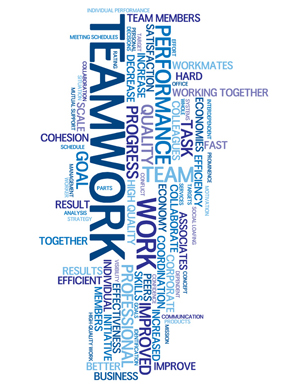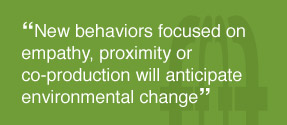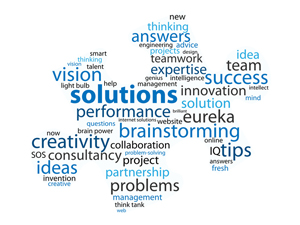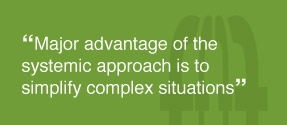ADVANTAGES
Business health
Many recent researches indicate that, in this turbulent period, organizational innovation generates higher competitiveness. Sole scientific or technological innovation does not ensure a profitable business. Studies at European level indicate that companies acting in the same sector, with comparative R& D investments, perform much better as their organization is innovative and in line with the environment.
Both short-term performance and long-term corporate effectiveness, or “health” are directly correlated with employee engagement. When organizational transformations succeed, managers typically pay attention to “people issues”, especially fostering collaboration among leaders and employees and building capabilities.
The change of the organizations’ health induced by building capabilities, changing mindsets or developing a capacity for continuous improvement, shows to be frequently tied to success.

Short term results
The systemic methodology generates short term results. It is a crucial factor as some transformations are initiated with the sole target of keeping the organization functional and avoiding economic failure.
The objective is not to spend time and energy on the analysis of the mistakes done in the past .It is contra productive. The focus is on the future: how to achieve the objective masked by the problems.

Safety of the systemic approach
The systemic approach elucidates the interactions in a system, team or organization. A systemic approach is anonymous and will not highlight the identification of employees who did wrong. This approach is at the opposite of the analytical process which induces a feeling of guiltiness.
The systemic approach explores the reactions in the system: how the different stakeholders are facing new challenges. Major advantage of the systemic approach is to simplify complex situations, to show how the system interacts. The visual impact is much efficient as it simulates awareness and hits people at emotional level.
This approach is much more comfortable for the team leader or management team as it does not necessarily generate conflicts.


Focus on climate and not on culture.
An organization ‘culture is long standing, deeply rooted and usually slow to change. Change the culture of an organization is really though and needs a few years.
It is much easier and faster to change the climate and language of the business. The organization climate represents recurring patterns of behavior, attitudes that characterize life in the organization. Climate transformation helps the deciders to meet goals, resolve challenge or concerns.
Business transformations will be successful if the system “adopts” the change. Change will be perceived as beneficial if the system builds a sense of ownership, as contributions are spontaneous and voluntary and not enforced and mandatory. When everyone understands why the transformation is needed, change can happen fast and in a cost-efficient way.
A key success factor is the involvement in business transformation as early as the planning process emerges.
